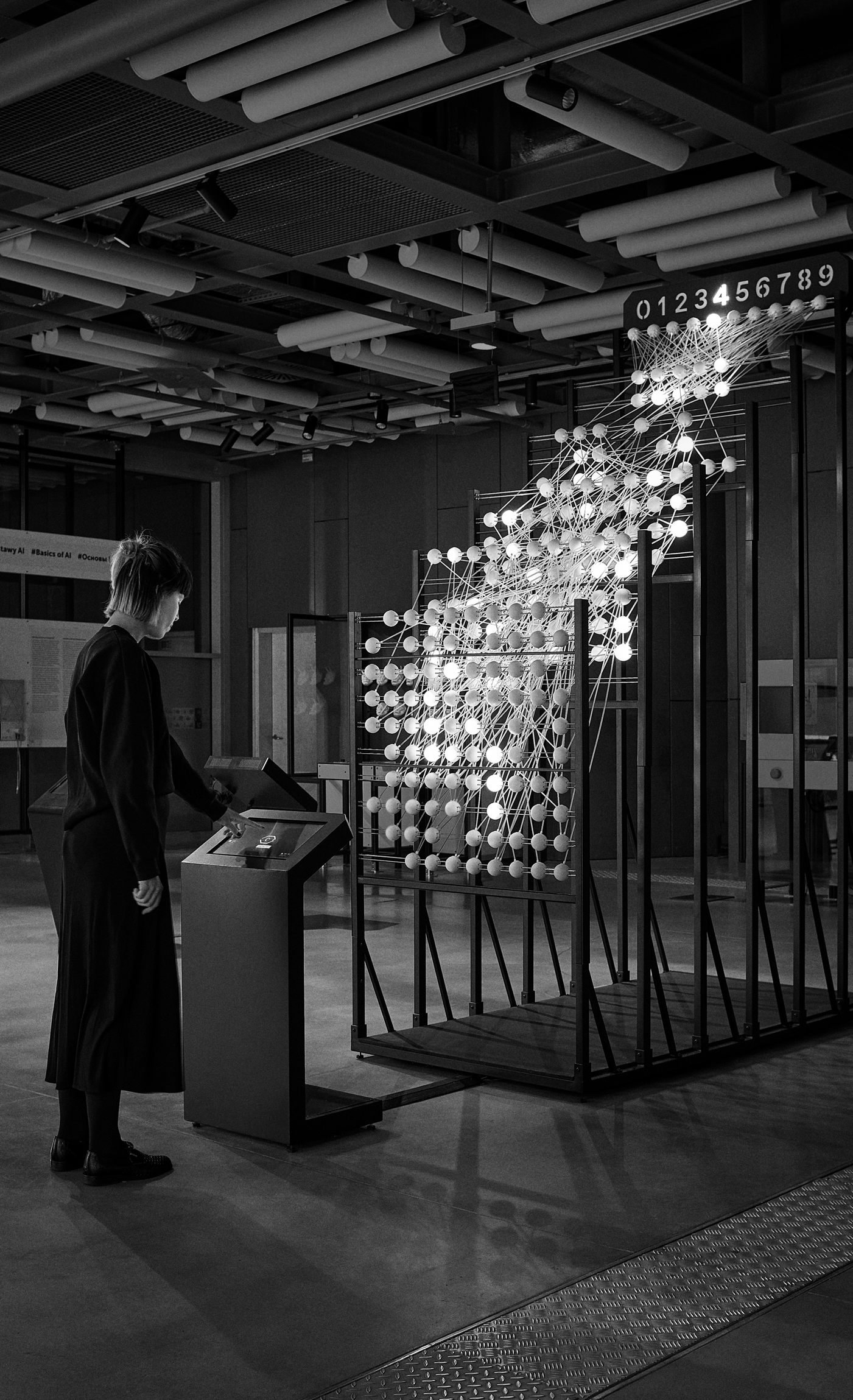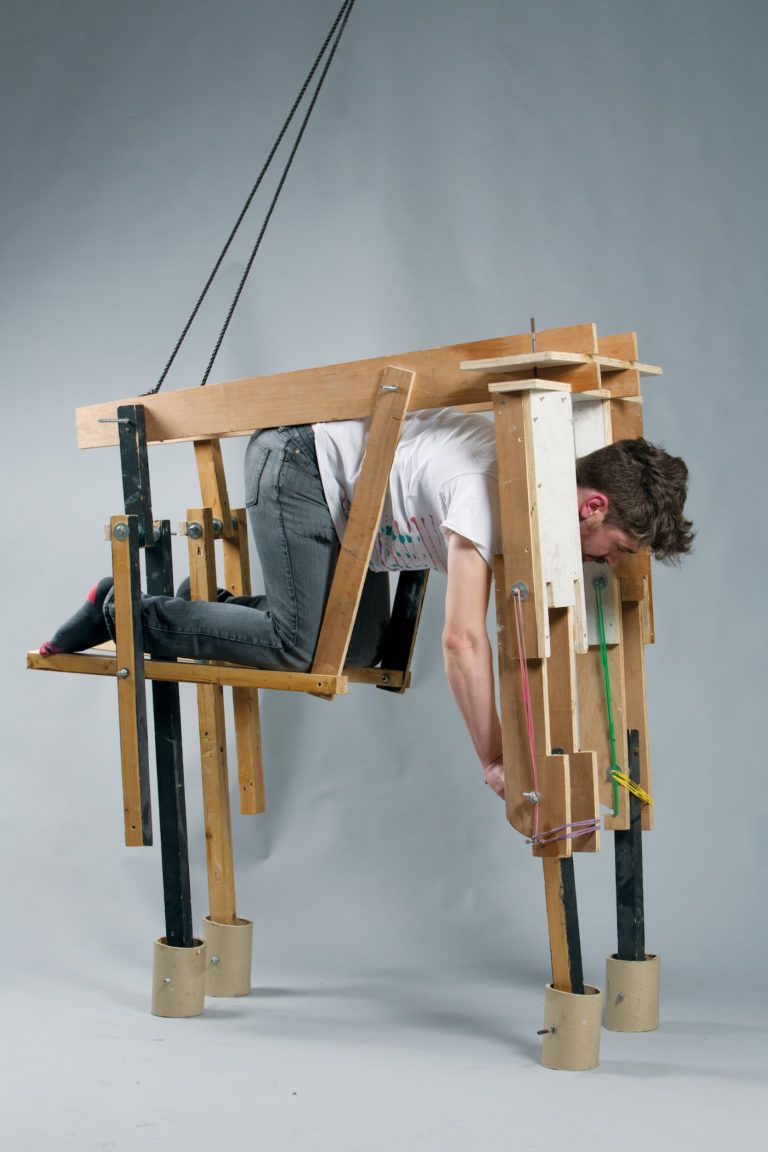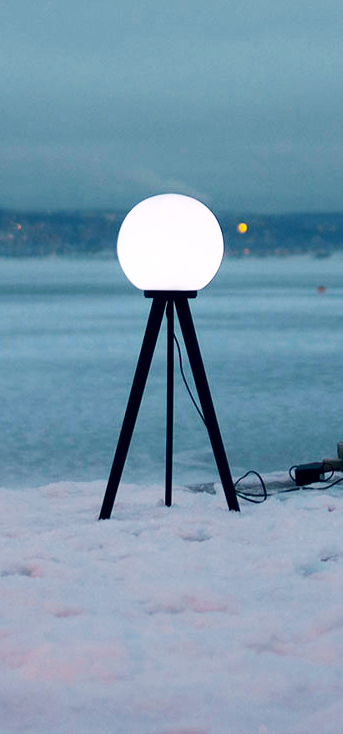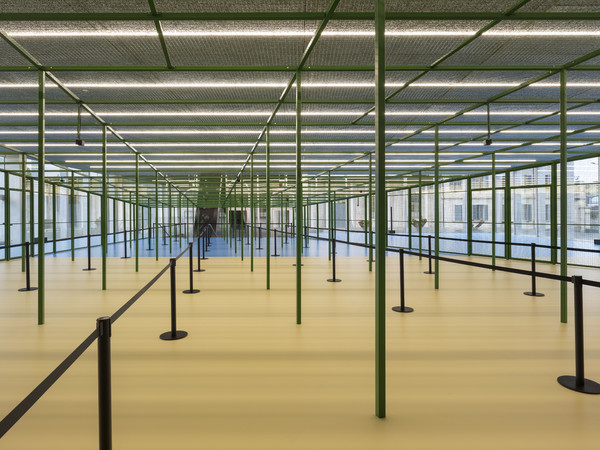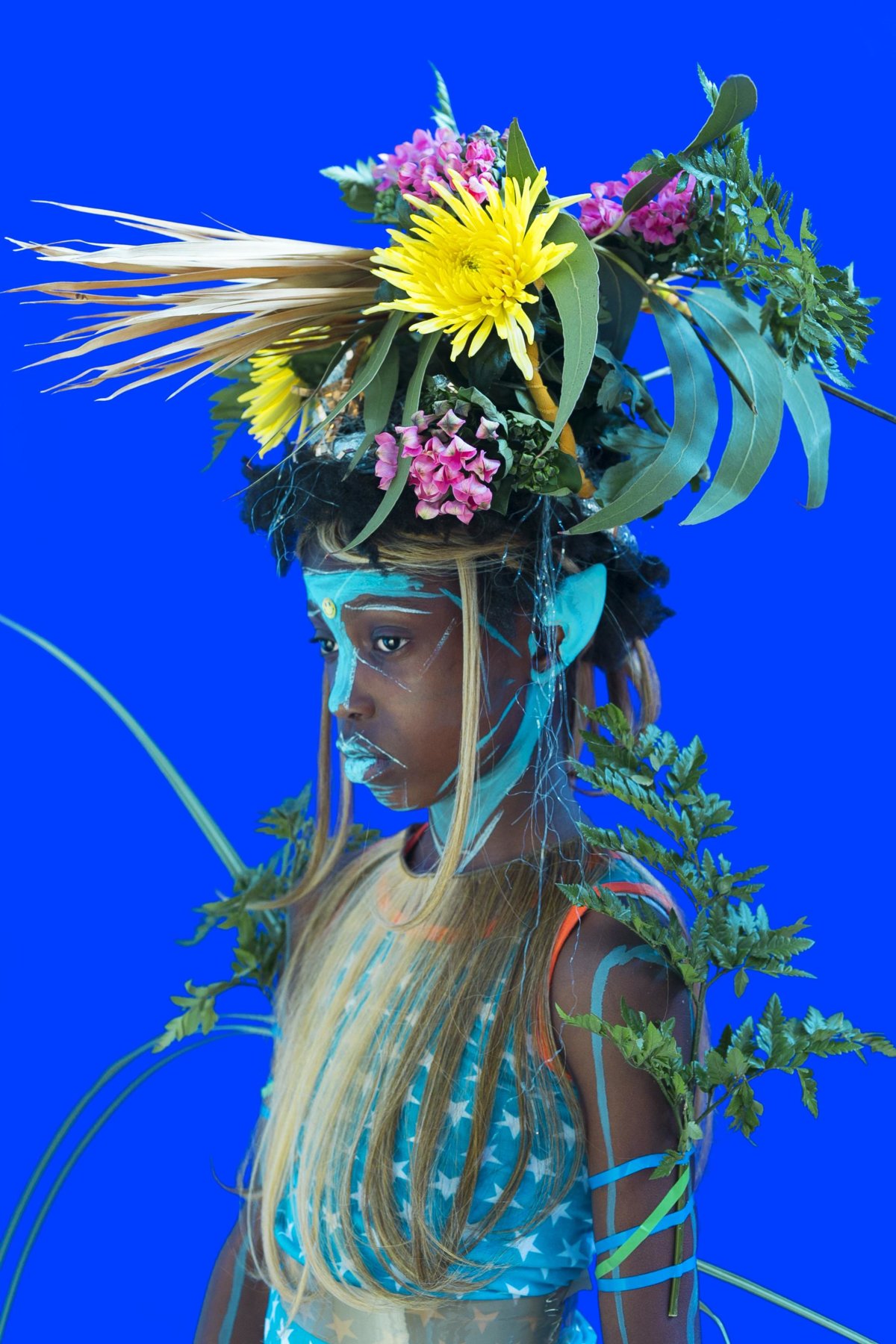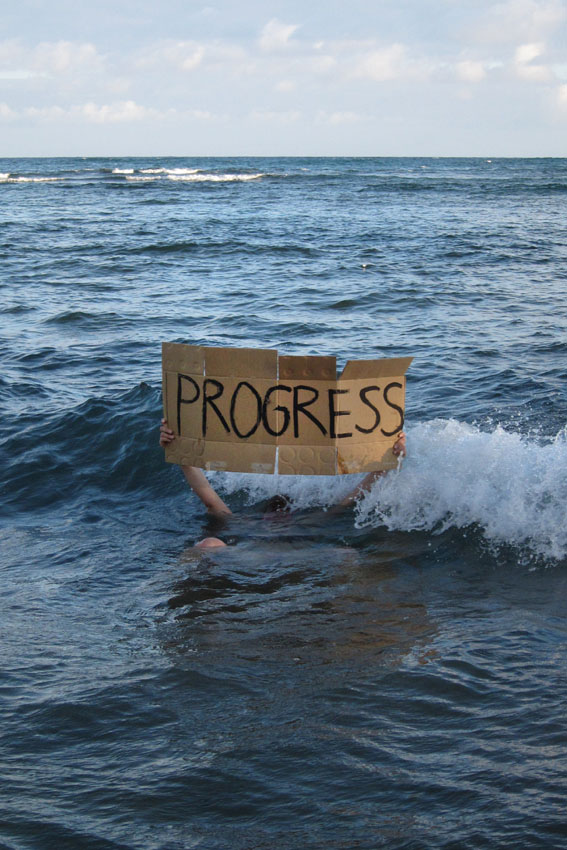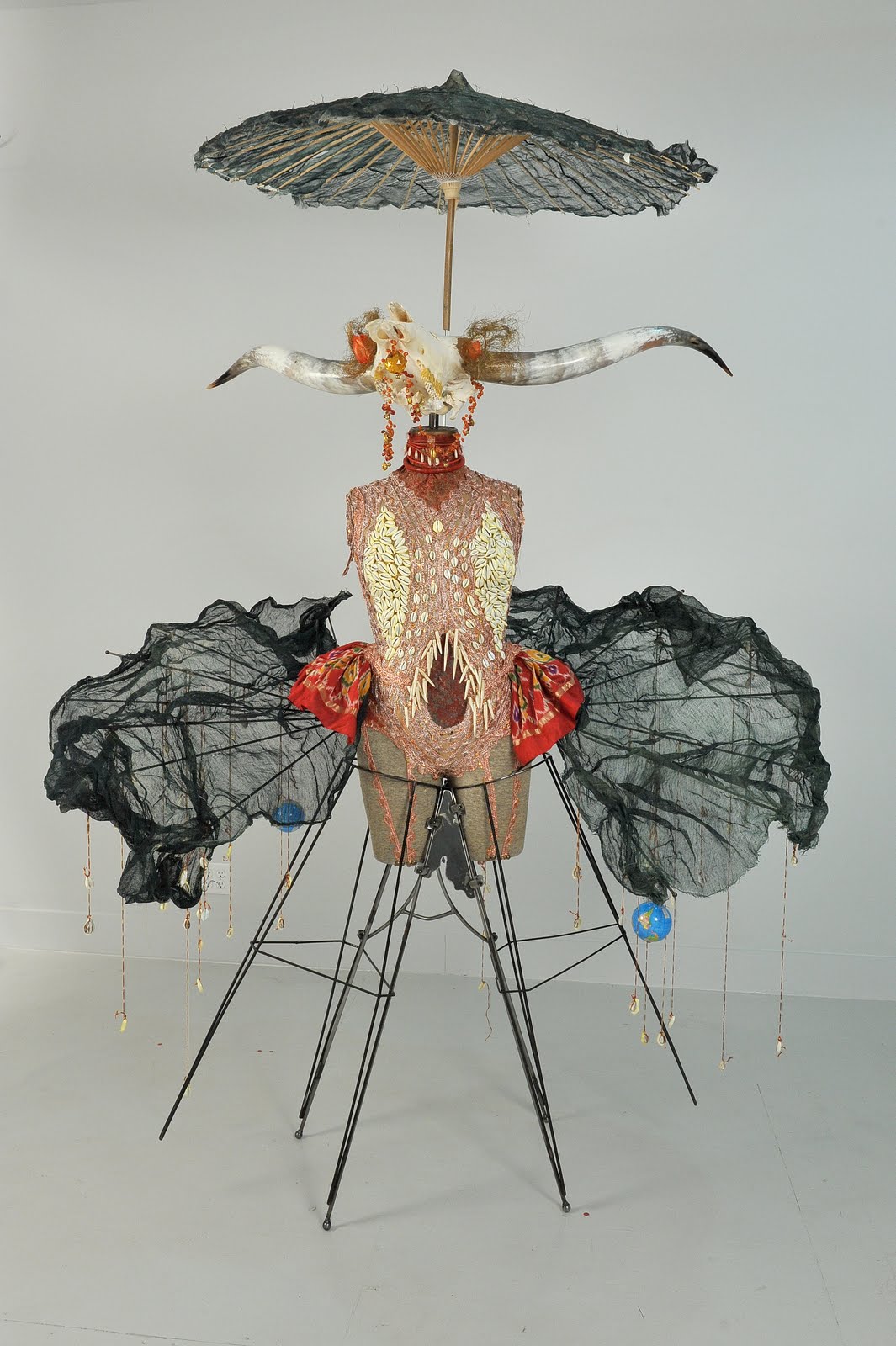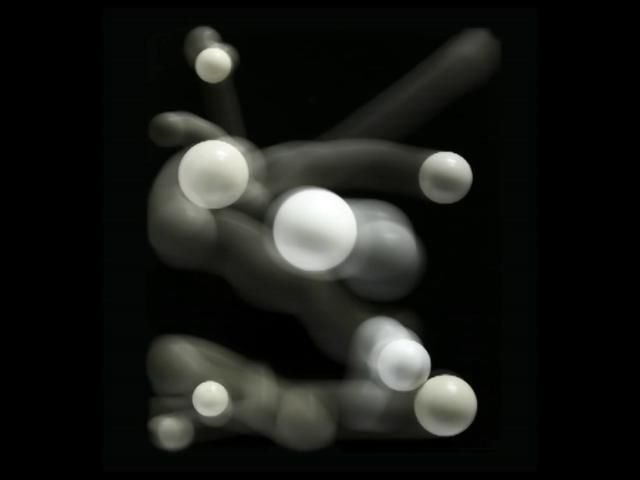
Eli Cortiñas
The Body is The House, The House is But Haunted
.
Eli Cortiñas’ artistic practice traverses contemporary and historical visual cultures, which she dissects using montage and collage, displacing limiting attributions and creating space for feminist and decolonial narratives. These methods gradually reveal specific patterns which are often inherent in the images themselves. Juxtaposing what seems disparate, drawing parallels and uncovering commonalities, Cortiñas lays bare traditional conventions of representation and identifies surprisingly rigid narrative patterns.
